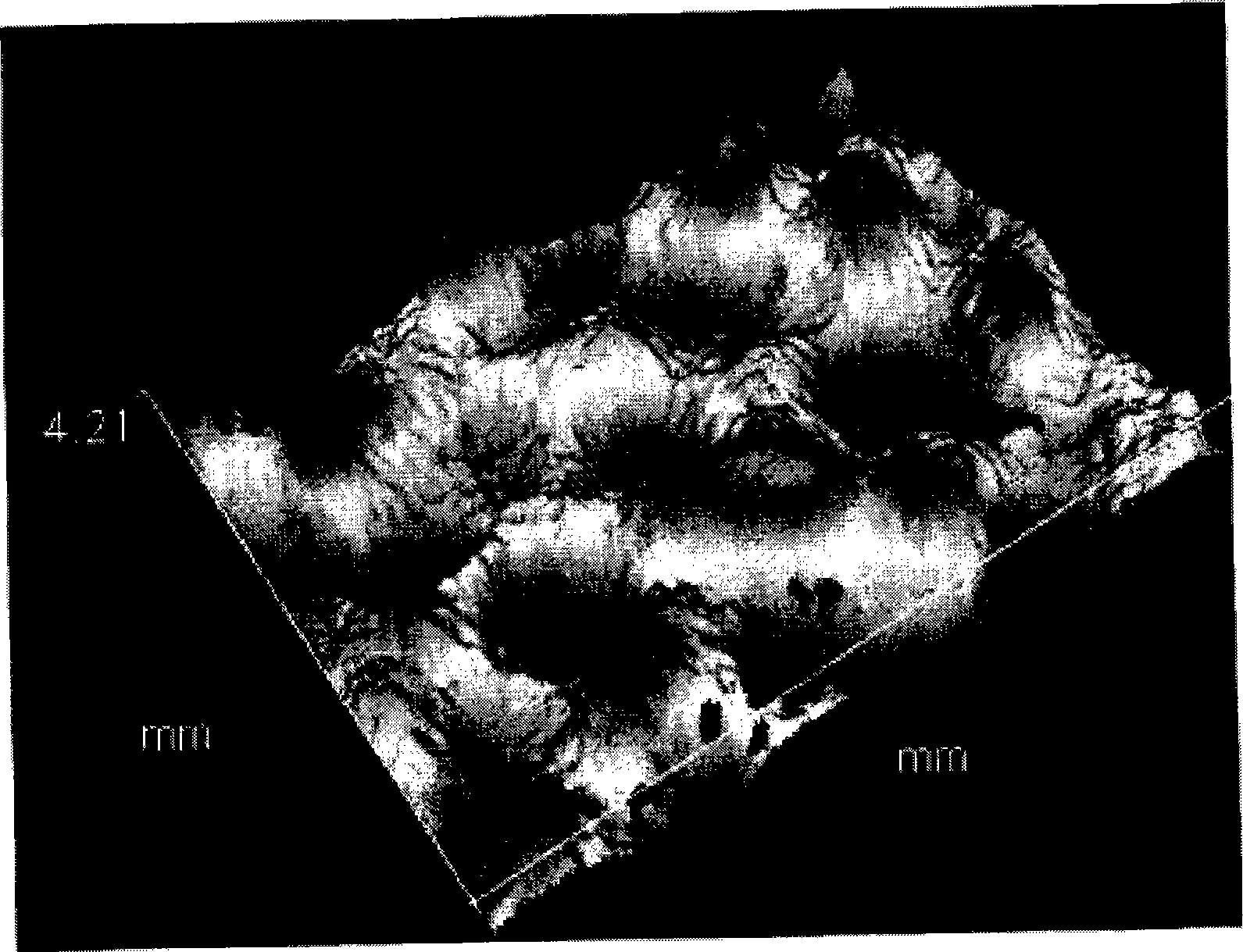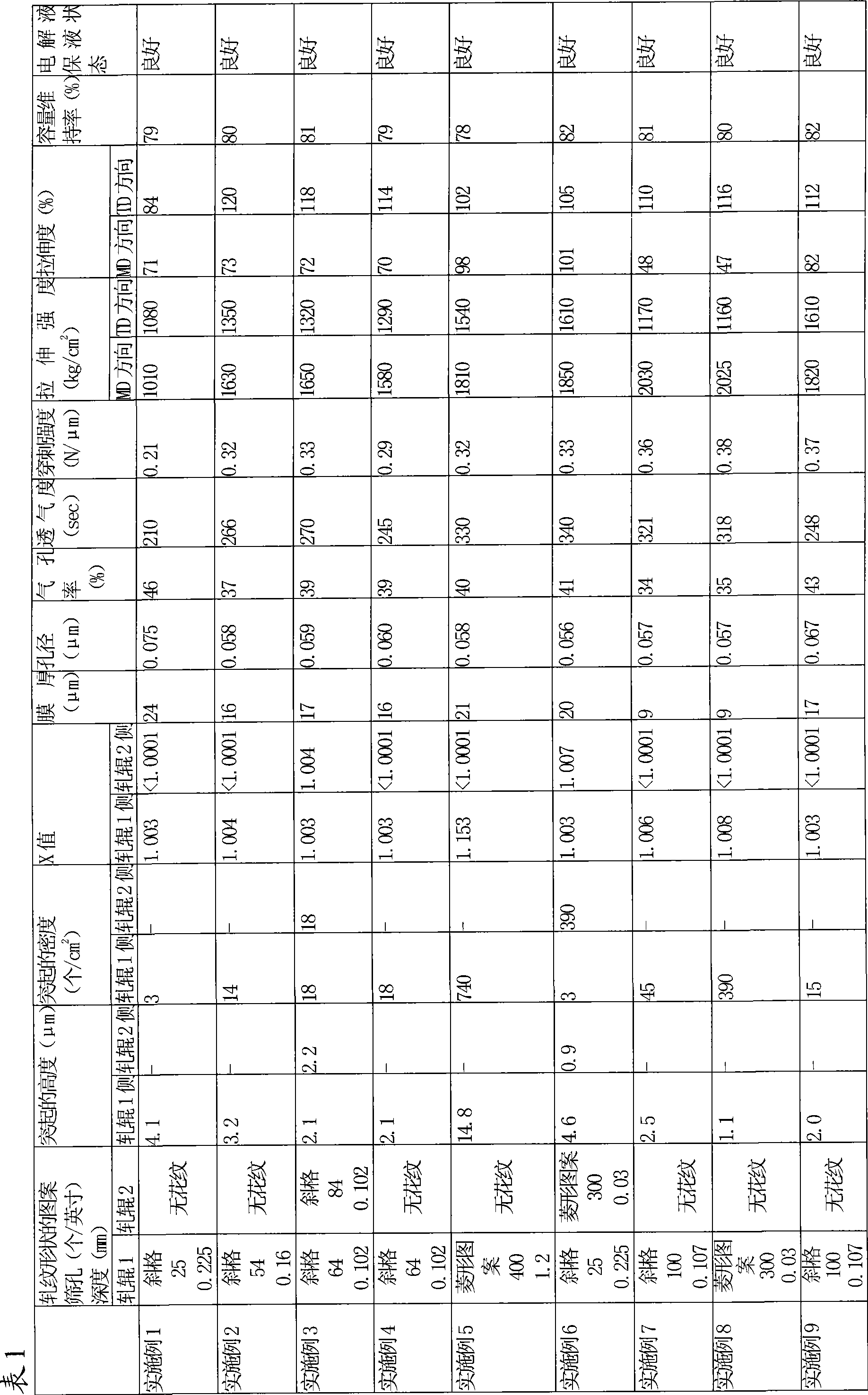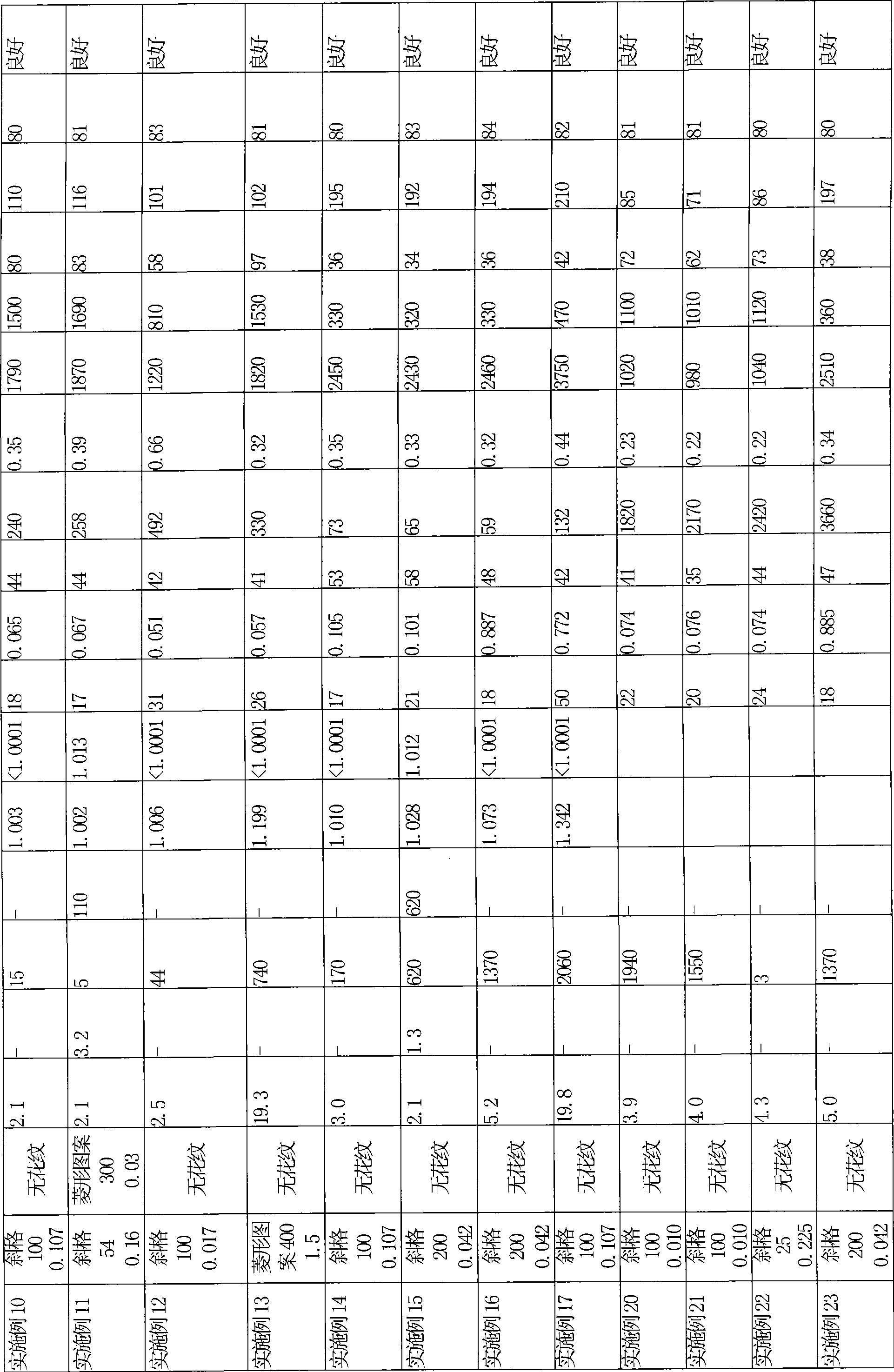Polyolefin microporous membrane
A technology made of microporous membranes and polyolefins, which is applied in the direction of separators/films/diaphragms/spacers, structural parts, battery pack components, etc. Reduced battery capacity, internal short-circuit failure, etc., to achieve good cycle characteristics, improved mechanical properties, and good oxidation resistance
- Summary
- Abstract
- Description
- Claims
- Application Information
AI Technical Summary
Problems solved by technology
Method used
Image
Examples
Embodiment 1
[0171] 95 wt% of polyethylene having a Mv of 250,000 as a homopolymer and 5 wt% of polypropylene having a homopolymer of Mv of 400,000 were dry mixed using a drum mixer. Add 1wt% pentaerythritol-tetrakis-[3-(3,5-di-tert-butyl-4-hydroxyphenyl]propionate) as an antioxidant in 99wt% of the resulting pure polymer mixture, again using drum mixing machine for dry mixing to obtain a mixture of polymers and the like. After substituting the mixture of the obtained polymer and the like under nitrogen, it was supplied to a twin-screw extruder by a feeder under a nitrogen atmosphere. Liquid paraffin (dynamic viscosity at 37.78°C is 7.59×10 -5 m 2 / s) Use a booster pump to inject into the barrel of the extruder. In addition, the melting point which is the first peak of the pure polymer mixture obtained by the DSC method at 10°C / min was 137.2°C.
[0172] The feeder and pump were adjusted so that the liquid paraffin accounted for 55 wt% of the total mixture that was melted, kneaded, and ...
Embodiment 2
[0180] Dry mixing of 47.5 wt% polyethylene with a Mv of 700,000 homopolymer, 47.5 wt% polyethylene with a homopolymer of Mv of 250,000, 5 wt% of a homopolymer with a Mv of 400,000 material polypropylene. In 99wt% of the obtained pure polymer mixture, add 1wt% pentaerythritol-tetrakis-[3-(3,5-di-tert-butyl-4-hydroxyphenyl] propionate) as an antioxidant, again using a drum The mixer performs dry mixing to obtain mixtures such as polymers. After substituting the mixture of the obtained polymer and the like under nitrogen, it was supplied to a twin-screw extruder by a feeder under a nitrogen atmosphere. Liquid paraffin (dynamic viscosity at 37.78°C is 7.59×10 -5 m 2 / s) Use a booster pump to inject into the barrel of the extruder.
[0181] Adjust the feeder and the pump so that the amount of liquid paraffin in the total mixture of melting, kneading and extruding reaches 65wt%. Melting and kneading conditions were performed at a set temperature of 200° C., a screw rotation spe...
Embodiment 3
[0189] The same procedure as in Example 2 was performed except that after extrusion onto a cooling roll, casting was performed by build-up molding, and embossing was performed under the following conditions, biaxial stretching temperature 118°C, and heat setting temperature 122°C.
[0190] The embossing in this example was carried out by passing the gel sheet between two embossing rolls (roll 1, roll 2) so that the linear pressure between the two rolls was 110 N / mm. The outer diameters of rolls 1 and 2 are both Φ100 mm, the embossed pattern is oblique grid, the mesh size is 64 per inch, the depth is 0.102 mm, and the surface temperature is controlled at 85°C.
[0191] For the obtained polyolefin microporous membrane, the results of evaluating various physical properties, battery performance, and electrolyte solution retention state are shown in Table 1, and the results of observing the shape of the protrusions are shown in Table 1. figure 1 .
[0192] It should be noted that...
PUM
| Property | Measurement | Unit |
|---|---|---|
| pore size | aaaaa | aaaaa |
| height | aaaaa | aaaaa |
| height | aaaaa | aaaaa |
Abstract
Description
Claims
Application Information
 Login to View More
Login to View More - R&D
- Intellectual Property
- Life Sciences
- Materials
- Tech Scout
- Unparalleled Data Quality
- Higher Quality Content
- 60% Fewer Hallucinations
Browse by: Latest US Patents, China's latest patents, Technical Efficacy Thesaurus, Application Domain, Technology Topic, Popular Technical Reports.
© 2025 PatSnap. All rights reserved.Legal|Privacy policy|Modern Slavery Act Transparency Statement|Sitemap|About US| Contact US: help@patsnap.com



